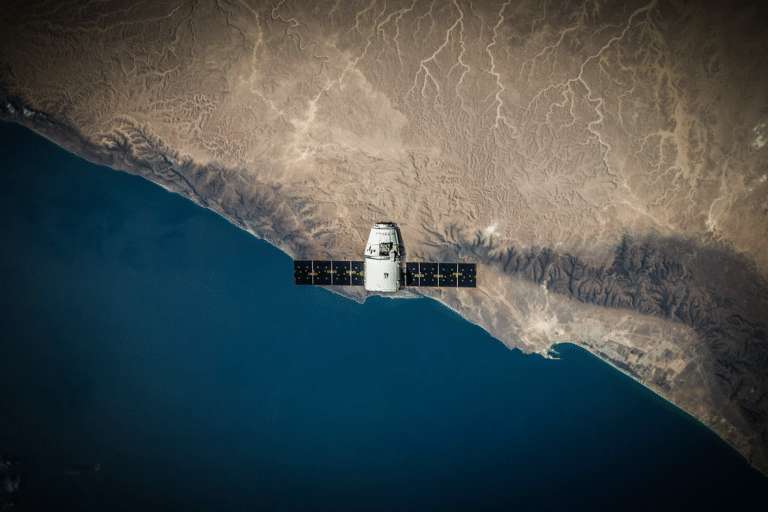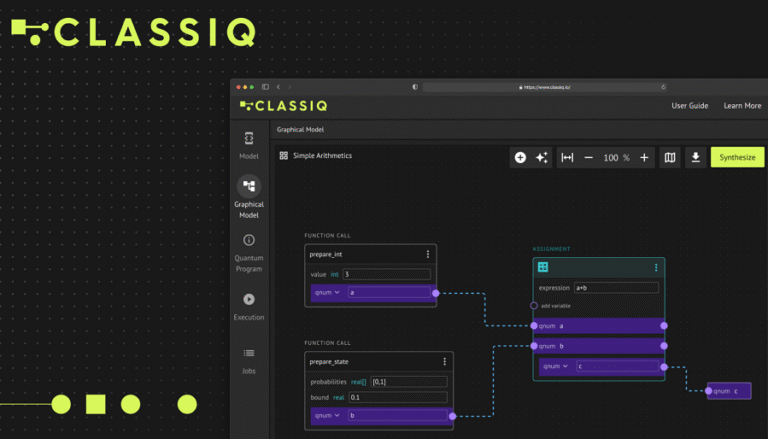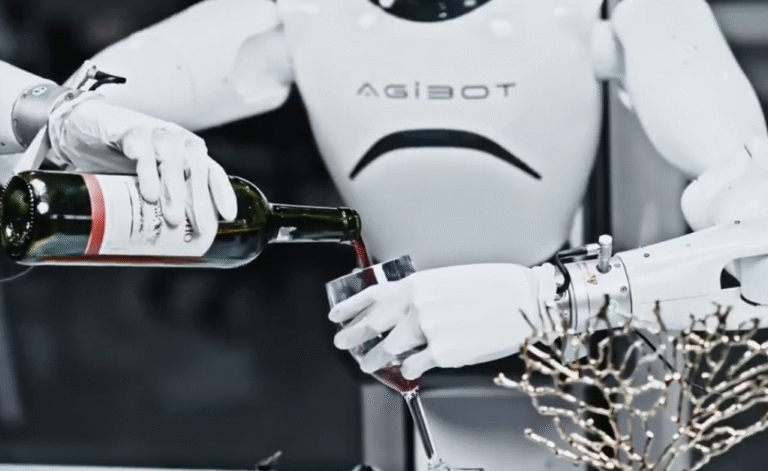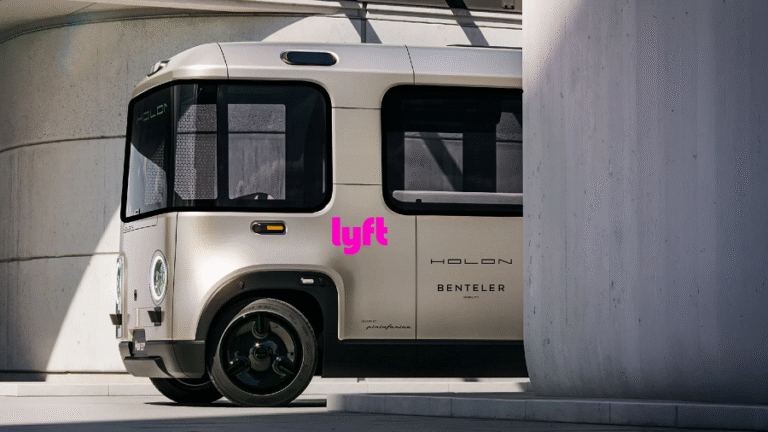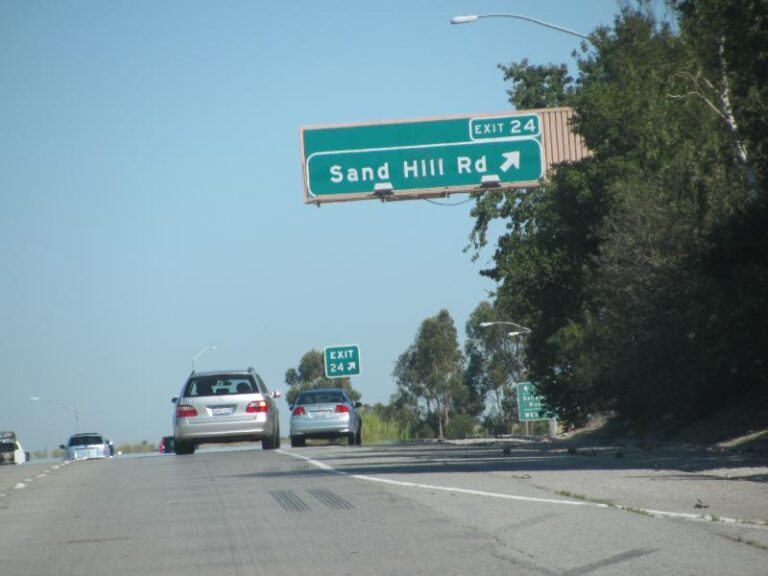Visitors to Las Vegas recently encountered an extraordinary sight: the all-new Zoox robotaxis, designed as compact, boxy vehicles reminiscent of toasters on oversized roller skates. These futuristic transport options, developed by Amazon’s subsidiary Zoox Inc., opened to the public last month, offering free rides along select routes on the bustling Las Vegas Strip. Following years of development since Amazon’s acquisition of Zoox five years ago, these autonomous vehicles are also undergoing trials in several major cities, including San Francisco, Seattle, Austin, Miami, Los Angeles, Washington, D.C., and Atlanta.
A core element powering Zoox’s advances is Amazon Web Services (AWS), which serves as the backbone for training and refining the machine learning models that ensure safe and efficient navigation. “Our objective is to equip Zoox with the necessary tools and infrastructure for success,” stated Paul Roberts, AWS’s director of technology for strategic accounts.
Autonomous vehicles function as critical nodes within an intricate, distributed network. At speeds of 60 miles per hour, each Zoox robotaxi doubles as a mobile data center, capturing real-time data on traffic patterns, weather, and pedestrian behaviors. This information is relayed to AWS, where it is processed through large-scale simulations to determine how Zoox vehicles should react to real-world scenarios, such as unexpected pedestrians or erratic drivers.
Once these models are validated and updated in the AWS cloud, they are seamlessly deployed to the robotaxis, allowing for independent operation while continuously enhancing safety and performance.
Differing from Google’s Waymo, Zoox vehicles are uniquely engineered for autonomy, lacking traditional controls like steering wheels and pedals. Instead, the passenger seating is novel, designed for face-to-face interaction, fostering social engagement during rides. Passengers can conveniently hail a Zoox using a mobile application, similar to rideshare services like Uber or Lyft.
Despite their compact design—measuring just 11.8 feet in length—Zoox robotaxis depend on substantial cloud computing resources. Leveraging Amazon’s Elastic Kubernetes Service, the backend infrastructure scales efficiently for model training without the need for Zoox to manage their clusters. The AWS Elastic Fabric Adapter enhances data center connectivity, supporting high-speed transfers up to 3.2 terabits per second.
Each Zoox vehicle generates an astonishing 4 terabytes of data per hour, necessitating advanced data transfer methods. To efficiently upload this massive volume, the vehicles connect to AWS Data Transfer Terminals located in secure areas, enabling uploads at speeds of up to 400 gigabits per second.
Amazon, along with other companies venturing into the autonomous taxi arena, views these innovations as solutions to the inefficiencies of personal vehicle ownership. With only 4% of all human-operated vehicles active at any given moment, according to Roberts, the potential for revolutionary changes in transportation is enormous. “At first, passengers may find the absence of a steering wheel strange; however, just like with Uber and Airbnb, getting accustomed to it will become second nature,” he explained.


